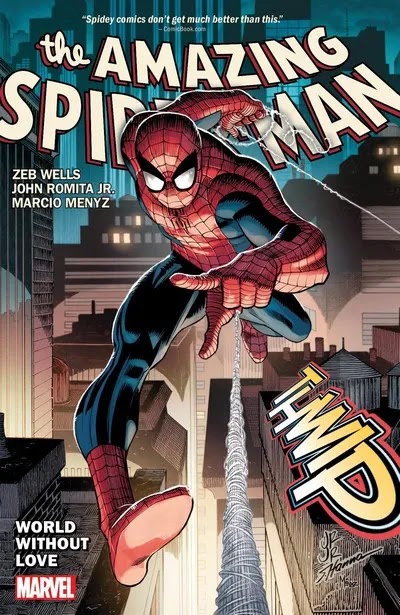3. Tintin in America (1931–1932)
Tintin in America (French: Tintin en Amérique) is the third in The Adventures of Tintin, featuring young reporter Tintin as the hero.
Tintin in America first appeared as a black and white comic strip in "Le
Petit Vingtième" on September 3, 1931. It was then published in a black
and white album in 1932. In 1945, the album was reworked and shortened
to a standard 62-page format, and published in colour.
 Its first English translation was the 1962 UK
edition. The first American edition was issued in 1973, for which some
panels were redrawn in order to remove some stereotyped portrayals of
African Americans. These include the doorman at the bank being built on
Indian land and the woman holding the screaming baby.
Its first English translation was the 1962 UK
edition. The first American edition was issued in 1973, for which some
panels were redrawn in order to remove some stereotyped portrayals of
African Americans. These include the doorman at the bank being built on
Indian land and the woman holding the screaming baby.
Tintin in America is the earliest Tintin album that is readily available
in English translation; the two previous ones have been published in
English, but in limited editions.
Having encountered Al Capone's gangsters in his last adventure, Tintin in the Congo, Tintin is sent to Chicago, Illinois
to clean up the city's criminals. He is captured by gangsters several
times, and also meets Capone himself. Although Tintin temporarily
captures Capone and some of his henchmen, the policeman he calls to help
arrest the gangsters does not believe his story and arrests Tintin
instead (Tintin's failure to capture Capone reflects the fact that
Capone was still active in early 1931, when the comic strip was
written).
After several attempts on his life, Tintin meets Capone's rival, the
devious Bobby Smiles. Tintin spends much of the book trying to capture
Smiles, and also travels to Redskin City, is captured by an Indian tribe
(fooled by Smiles into thinking Tintin is their enemy), and discovers
oil (unintentionally causing the Indians to be driven off the
reservation). Finally, Tintin captures Smiles, and ships him back to
Chicago in a crate.


.jpg)
